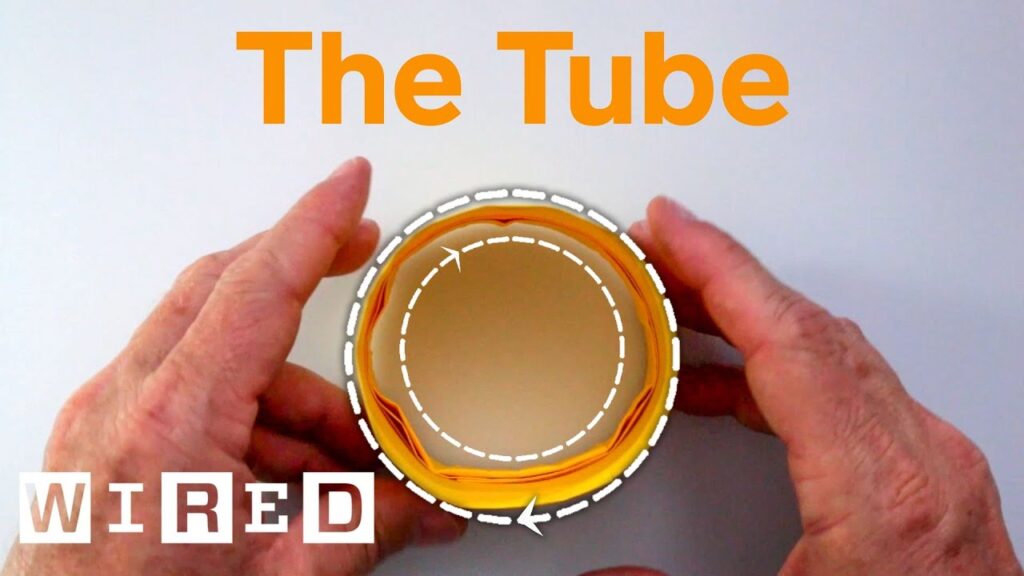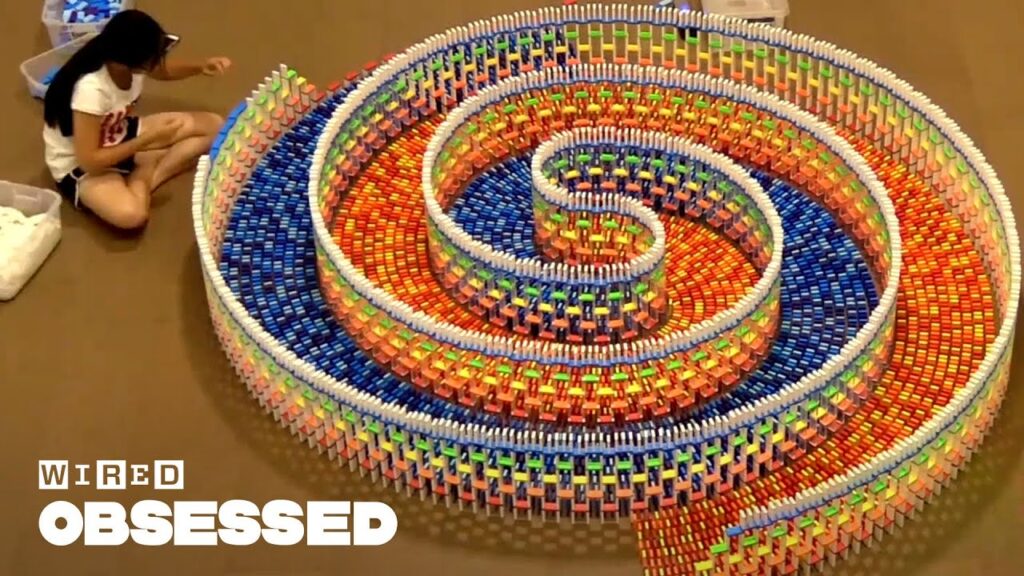The Art of Origami: Creating Complexity in Design
Summary
In this article, we explore the world of origami and how complexity is defined in this art form. We discuss the use of different folds to create levels of complexity in traditional models, as well as the importance of adding details to increase the realism of the design.
Table of Contents
- Defining Complexity in Origami
- Creating Realism in Origami Designs
- Challenges of Creating Realistic Designs
- Conclusion
Defining Complexity in Origami
Origami is the art of paper folding, and the complexity of a design is determined by the number of folds used and the number of folds that need to be brought together at once. As explained by Robert J. Lang, an origami artist and physicist, the total number of folds and the number of folds that need to be brought together at once combine to create complexity in an origami model.
To demonstrate this, Lang created different levels of complexity in a traditional cicada model. Level one is the simplest, consisting of just a few valley folds and can be folded in a few minutes. Level two incorporates a petal fold, which is built from two swivel folds, to create longer wings. Level three adds squash folds to shape the wings and give a teardrop shape, resembling the wing shape of an actual cicada. Squash folds involve lifting a flap, putting a finger inside, and pressing it flat, creating a new fold that combines multiple folds.
Creating Realism in Origami Designs
To create a realistic origami design, it is important to add details such as legs and antennae. The use of crimp folds can also create three-dimensional shapes, adding to the realism of the design.
The speaker in the video showcases their own designs, including a cicada that they developed using a rectangle and an array of bird base patterns. They also created another cicada using a square and additional folds such as rabbit ear folds, closed unwraps, and closed sinks. These additional folds create more complexity and detail in the design, resulting in a more realistic finished product.
Challenges of Creating Realistic Designs
Creating realistic designs from a square piece of paper can be a challenge. It requires a deep understanding of the different folds and how they can be combined to create the desired shape. It also requires patience and precision, as even a small mistake can ruin the entire design.
Conclusion
Origami is a beautiful art form that requires skill and patience to create complex and realistic designs. By understanding the principles of complexity and adding details to designs, artists can create stunning pieces that capture the beauty of the natural world.







